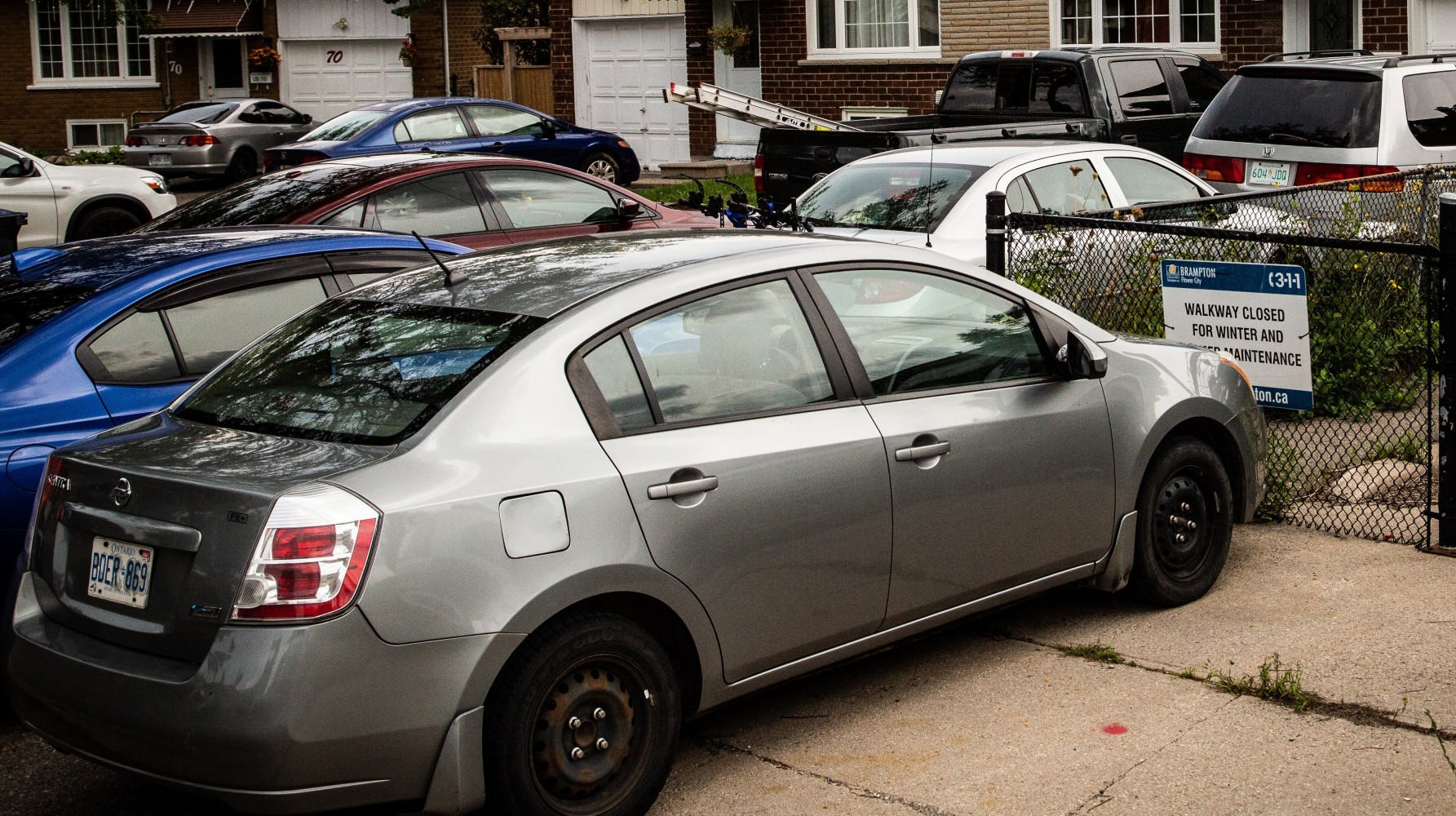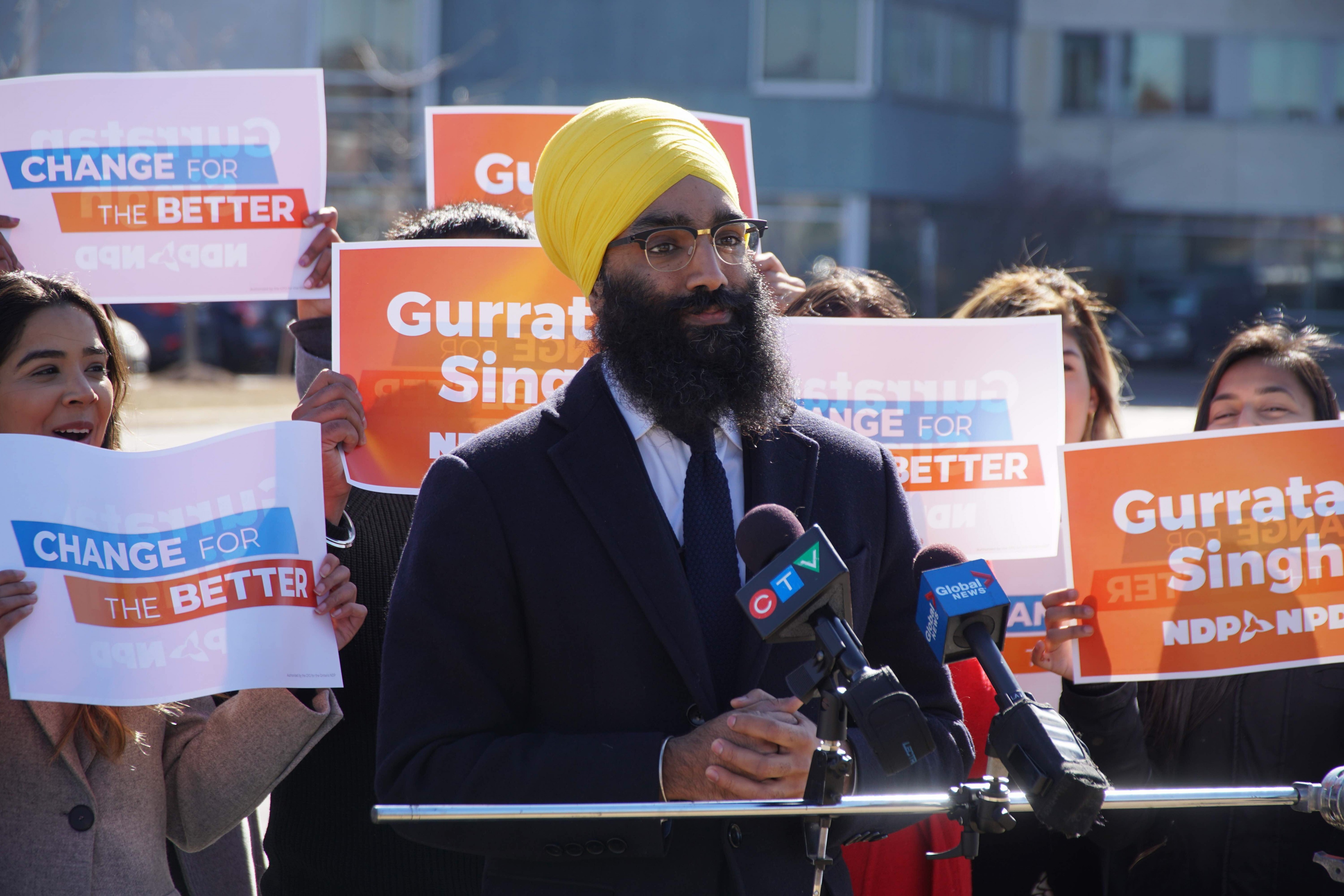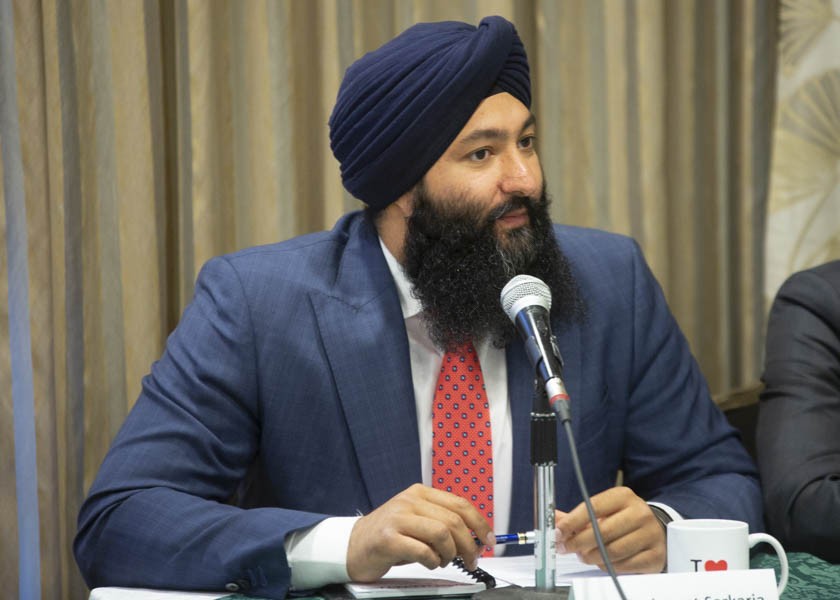
New bill aims to cut sky-high auto insurance rates in Brampton, currently 70 percent higher than Ontario average
It’s the dream of many a teenager: to sit behind the wheel of his or her own car, hit the gas, and speed off into the afternoon sun, friends laughing in the back seat.
Numbers from the 2016 census suggest there are about 43,000 of these young driving hopefuls in Brampton. That’s 43,000 potential car owners who are in for a shock come their first auto insurance bill.
Brampton’s astronomical auto insurance rates are no secret to experienced drivers. The city’s rates are among the highest in the country and 70 percent higher than the Ontario average.
NDP MPP Gurratan Singh is looking to change that. He introduced a private member’s bill at Queen’s Park on October 16 seeking to reform Ontario’s insurance system to eliminate what he sees as discrimination based on where someone chooses to live.

“People in specific geographic regions or postal codes are paying higher rates,” he says, and “this is not just a Brampton issue.”
He’s right. An analysis by online insurance broker Kanetix.ca compared typical rates for a 35-year-old driver with a clean record. Brampton rates were at the top of the list, with the following nine all located inside the GTA.
The discrepancy can sometimes be crippling for Brampton drivers, who may pay premiums $1,000 higher per year than the average driver in Toronto. Singh says the lack of a robust transit system in Brampton makes driving a car a necessity, meaning people have no choice but to pay those high rates.
“This is an issue that has been very, very pressing,” Singh tells The Pointer, noting that in some cases brought to his attention, Brampton residents are paying more each month for their auto insurance than their mortgage.
Singh wants the Insurance Act amended to stop auto insurers from basing increases on specific neighbourhoods within the Toronto region. “It doesn’t make sense to have such a high disparity in a community that is so integrated,” Singh says of the GTA.
The bill, which will come forward for second reading and debate on Nov. 1, will require the Superintendent of the Financial Services Commission of Ontario, the position responsible for approving boosts to insurance rates, to refuse any increase that doesn’t consider the GTA as a single geographic area.
Singh’s bill isn’t the only one tackling the issue. A separate bill introduced a day earlier by Progressive Conservative MPP Parm Gill of Milton was praised by members of the PC caucus, who blamed the former Liberal government for a lack of action on the issue.
“It is very important to see our caucus taking direct action to support drivers in Ontario. There’s no doubt that this legislation brought forward by the member from Milton, if passed, will bring more fairness to our auto insurance system,” Brampton South MPP Prabmeet Sarkaria said in the legislature. “I’m very happy with the proposed action to combat rate discrimination. We finally have a government that listens to the needs of the people and takes action.”

While government MPPs were patting themselves on the back for the private member’s bill, it isn’t clear why it wasn’t introduced as a government bill to expedite the process.
Some commentators are critical of the bill, agreeing that insurance rates in Brampton are sky-high but arguing that they are rightfully so.
Insurers base rates in part on the number of claims lodged in a given area. Claims in Brampton sit well above the provincial average. For every 100 vehicles on the road on Brampton, there are 11.5 claims. That compares unfavorably to the provincial average of 9.3 claims per 100 vehicles. Brampton claims also end up costing insurance companies more on average—typically $14,800, compared with the $11,500 average for Ontario, according to Insurance Bureau of Canada data from 2015.
Instances of fraud and high-speed collisions also play into the insurance rate spectrum, and Peel police are acutely familiar with drivers who like to move too fast. Between 2013 and 2017, speeding offences were consistently the most common Highway Traffic Act ticket handed out by Peel police, topping out at 31,596 in 2016.
One example: earlier this month, a 24-year-old Brampton woman had her car impounded after she flew past a fully marked OPP cruiser on the QEW going 175 km/h.
Countering these arguments, Singh says that just because there are some bad drivers on the roads doesn’t mean everyone in the area should be punished with exorbitant rates. “I don’t think it’s fair for someone who has a clean record, with no accidents, to be punished based on where they live.”
Fixing the issue may be more complex than a simple change in legislation. The provincial government has known about deep-seated issues with Ontario’s auto insurance system for years, but has shown little appetite to act on that knowledge.
In April 2017, David Marshall, the province’s advisor on auto insurance, released a report that highlighted the issues. It pointed out that while claim costs continued to increase at the same time that accident rates were falling. The disconnect led Marshall to conclude that it was not the fault of the claimants or the insurance providers, but a flawed system. He placed the responsibility for fixing the problem squarely at the feet of government regulators.
Earlier this year, the former Liberal government introduced the Fair Auto Insurance Plan, which was meant to address several of Marshall’s concerns, but it’s unclear where that legislation stands under the new PC government.
Speaking in the legislature, Finance Minister Vic Fideli said reforming the auto insurance system remains a priority. “To clean up this mess, our government is looking at the regulatory environment surrounding auto insurance in Ontario. We want to work with industry stakeholders to ensure Ontario has an auto insurance system that serves the needs of the people,” he said.
That was welcome news for the Insurance Bureau of Canada, which noted that it is reviewing the bills brought forward to eliminate postal code discrimination. It acknowledged in a news release that current regulations are “outdated” and “don’t reflect the realities of today’s drivers.”
"Ontario's drivers look forward to an improved regulatory environment,” said Kim Donaldson, the bureau’s vice president for Ontario. “Ontario auto insurers are actively seeking modernized regulation that enables them to meet the needs of Ontario drivers. We are committed to working with government to fix auto insurance in this province."
Submit a correction about this story


